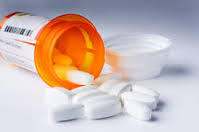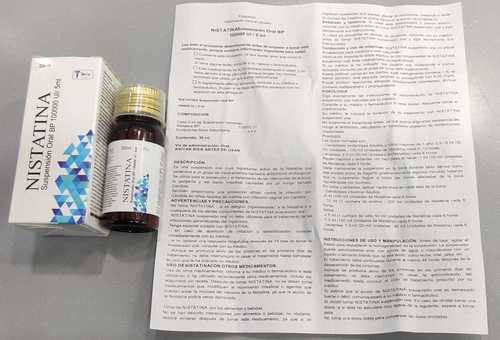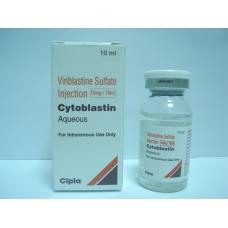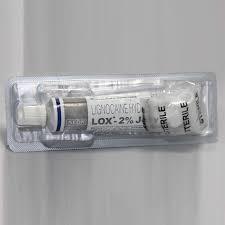

VANACIN-CP 500MG
750 INR/Bottle
Product Details:
- Color White
- Precautions As Per Physician
- Product Type General Medicines
- Physical Form Tablets
- Treatments & Functions Antibiotic Medicine
- Age Group Adult
- Dosage Guidelines With Warm Water
- Click to view more
X
VANACIN-CP 500MG Price And Quantity
- 100000 Bottle
- 750 INR/Bottle
VANACIN-CP 500MG Product Specifications
- Adult
- Tablets
- Antibiotic Medicine
- Keep Dry & Cool Place
- Bottle Pack
- General Medicines
- As Per Physician
- With Warm Water
- White
VANACIN-CP 500MG Trade Information
- Cash Advance (CA) Cash in Advance (CID)
- 100000 Bottle Per Week
- 1 Week
- Australia Central America North America Africa Middle East South America Western Europe Asia Eastern Europe
Product Description
VANACIN-CP 500MG
Bacteremia, brain abscesses, acute leukemia, constipation and bowel evacuation, meningitis, endocarditis, chronic myeloid leukaemia, colitis, peritoneal inflammation, endocarditis treatment, endocarditis prophylaxis, relentless neutropenia in advanced HIV infection.
Indicators
Pregnancy:L5 Lab: C Lactation: NA Food:NA
Mechanism Of Action
Vancomycin prevents integration of N-acetylmuramic acid (NAM)- and N-acetylglucosamine (NAG)-peptide subunits from being unified into the peptidoglycan intercellular substance; which makes the major functional constituent of Gram-positive cell walls. The sizable hydrophilic molecule is capable to make hydrogen bond interactions with the endmost D-alanyl-D-alanine portions of the NAM/NAG-peptides. The binding of vancomycin to the D-Ala-D-Ala precludes the consolidation of the NAM/NAG-peptide subunits into the peptidoglycan substance and changes bacterial-cell-membrane porosity as well as RNA synthesis.
Side Effects
- Nephrotoxicity
- Excretory organ damage
- Uremia
- Hematuria
- Albuminuria
- Redness
- Fever
- Hypo-tension
- Flushing
- Urticaria skin rash
- Eosinophilia
- Red man syndrome
Drug Interaction
Vancomycin is known to act with some other medicates such as cyclosporin A, gentamicin, oxaliplatin, streptomycin, amphotericin B, metformin (HCl), tobramycin, netilmicin (Sulphate). Always confer with the physician for the alteration of dose regimen or a secondary medicate of choice, which may strictly be required.
Specification
|
Usage |
Hospital, Personal |
|
Dosage Form |
Injection |
|
Packaging Type |
Box |
|
Dose/Strength |
500 mg |
Tell us about your requirement

Price:
Quantity
Select Unit
- 50
- 100
- 200
- 250
- 500
- 1000+
Additional detail
Mobile number
Email
Other Products in 'Pharmaceutical Drugs' category
"Accepting orders in bulk order quantity".
 |
DHEER HEALTHCARE PRIVATE LIMITED
All Rights Reserved.(Terms of Use) Developed and Managed by Infocom Network Private Limited. |







